PREPARE YOUR PROJECT
Studs and track
These are the drywall metal studs and tracks used for plasterboard partitions wall or ceilings constructions. They are available in different lengths generally from 2.40 to 3.00 m. They are easily found in DIY stores.
To create the metal framework of our constructions, we mainly use C-studs and/or lining channels. Tracks can be used in some special cases.
C-stud
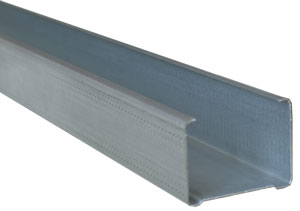
It is the most commonly used stud for Kinook based constructions.
It is used with long and small Kinook blocks.
U track

Might be needed to :
Lining channel
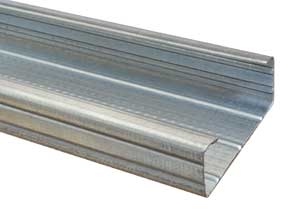
It is used with the mini-block to create thinner structure as it is only 17 mm high.
Wall track
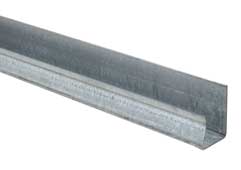
Use with lining channel to :

Studs dimensions vary from one brand to another. Before buying, check our compatibility table.
Kinook.
Panel boards
They are used to "dress" the metal structure and can be made of plaster, medium (MDF), Fermacell, wood or any other material.
The thickness and material of the panel is important for both strength and aesthetics. The panels provide solidity to the construction, choose them carefully according to its intended use, for example, medium or plywood will be used for the shelves of a library supporting many books.
Different materials can be used on the same construction, for example MDF on top of shelves (more resistant) and plasterboard on the sides.
Plasterboard
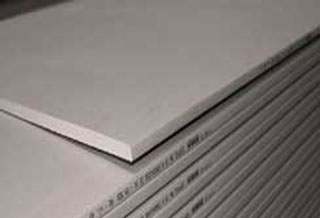
Very easy to cut and economical, however it is more fragile in comparaison to other material (MDF, Fermacell).
It is available in different thicknesses, the most common are 13 mm, 10 mm and 6mm.
Medium or MDF
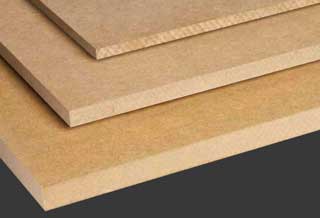
Easy to cut, it is stronger than plasterboard and provides a pretty smooth finish.
It is very suitable for furniture constructions. Cut into narrow strips, it is used to band the edges of the constructiuon.
Fermacell
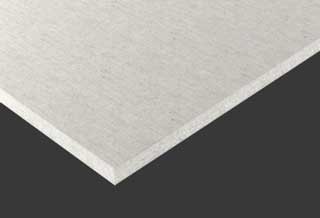
Composed of plaster and cellulose fibres from recycling, which gives it a better impact and load resistance than plasterboard.
It is cut with a saw or a cutter. Can be used in wet environments.
Plywood
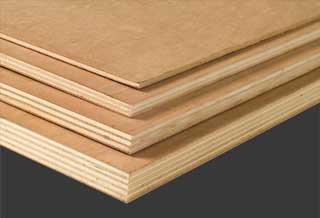
Made of wood sheets, it is stronger than melamine or medium.. It is suitable for solid constructions.
It can be painted or varnished.
Melamine
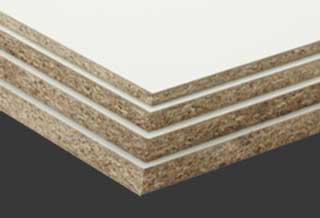
It is a chipboard panel covered with a hard and resistant coating. The coating provides a pretty smooth finish.
It is very suitable for shelves such as this bookcase.
Slats or Plinth
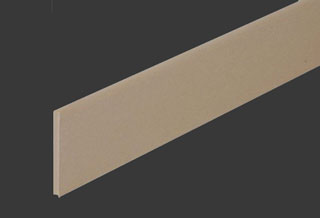
Used to band the edges of the constructions.
Plinth can be found in various dimensions.
And also
Self drill screws

used for drywall construction, the self-drill-screws are able to drive through the metallic studs without starting holes.
Choose the size according to the panel width. Most common sizes are 25-35 mm.
Compound
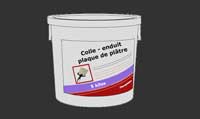
Use jointing compound filler or plaster to plug holes and cracks.
Use compound appropriated for the panel material.
Finishing compound
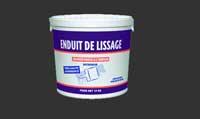
Sand the initial compound layer and use finishing compound to smooth the surface before painting.
Tools
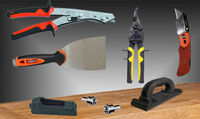
Pick a construction style
Metal studs are rectangular, measuring 48x36 mm
We can use either side of the stud, depending on the thickness you want to use for your construction.
The various holes in the long Kinook block are used to position the C-stud on its 48 or 36mm side.
This gives plenty of options to create shapes of various form.
watch the video for more details.
When using the small stud size (36mm), you may need extra small pieces of track stud (see yellow on the graphic) to screw in the lower plasterboard panel.
Further details at hints & tips page.
Panel sizing
When sizing the panels, we need to factor in the thickness of the panel and the studs width: 36 or 48 mm depending on the stud positioning.
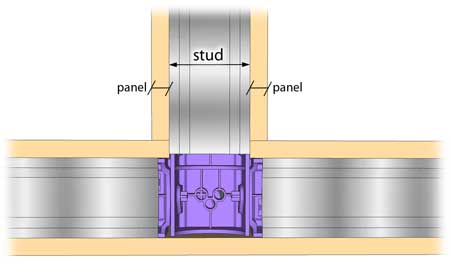
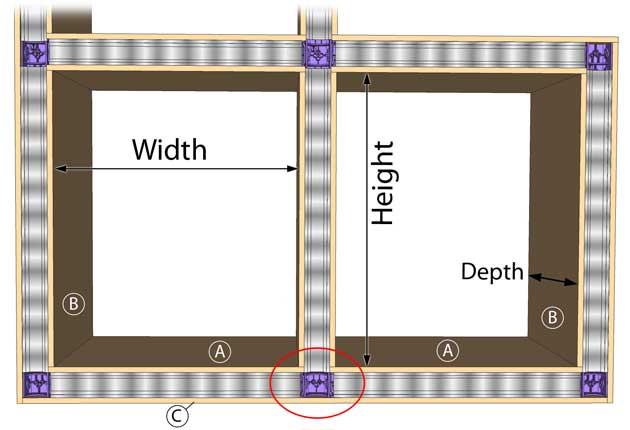
A : (Width + 2 x panel thickness) X Depth B : Height X Depth
C : (2 x Width + 3 x stud width + 4 x panel thickness) X Depth
For complicated constructions, the easiest way is to draw a small diagram in order to visualize the positioning of the panels and the studs.
Studs dimensioning
the metal profiles are cut a little shorter in order to have margin to adjust the panel flush with the studs.
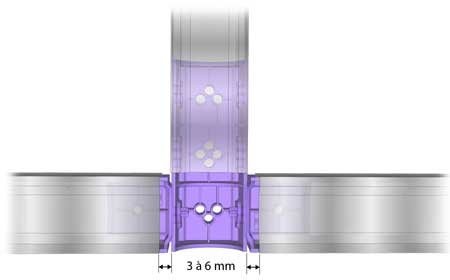
Cut the stud to the dimension minus 6 à 12 mm (3 to 6 mm at each end)
Note: The longer the stud the more margin is needed. For instance for a 2 meters long studs, give yourself 6 mm margin at each end .
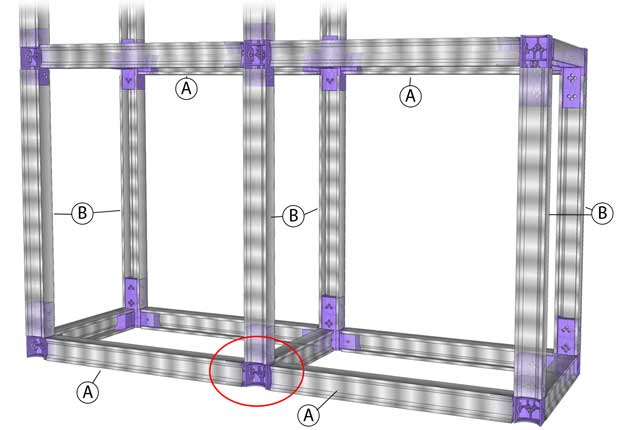
As per example above, studs dimensions will be:
A : Width + 2 x panel thickness minus 6 to 12 mm
B : Heightr + 2 x panel thickness minus 6 à 12 mm
Estimate the blocks needed
For constructions built against a wall, 2 small Kinook blocks are used to connect the metallic frame to the wall-mounted studs. Details and short explanatory video on the tips & tricks page.
- Wall angles: 2 small Kinook blocks.
- Free Angles: angles are not pressing against a wall.
Draw a sketch plan of the construction and the angles
Example 1: construction lean against a wall
The structure has 26 angles:
- 13 wall angles
- 13 free angles (b ou c)
Long Kinook block needed 10 type b + 3 type c = 13 Long Kinook blocks
Small Kinook block needed 13x2 +10x2 type b + 3x3 type c = 55 Small Kinook blocks
* type b are used to assemble 3 or 4 studs together
** type c are used to assemble 5 studs together
Construction not leaning against a wall
same as in example 1, but the back of the shelf does not lean against a wall
Long Kinook blocks:
20 type b + 6 type c = 26 long Kinook blocks
Small Kinook blocks:
20x2 type b + 6x3 type c = 58 small Kinook blocks
More Ressources
|
|